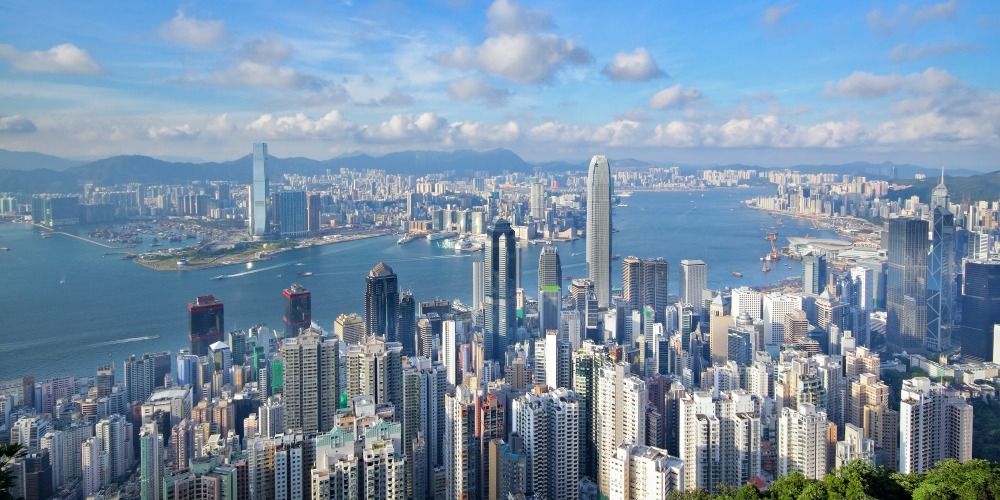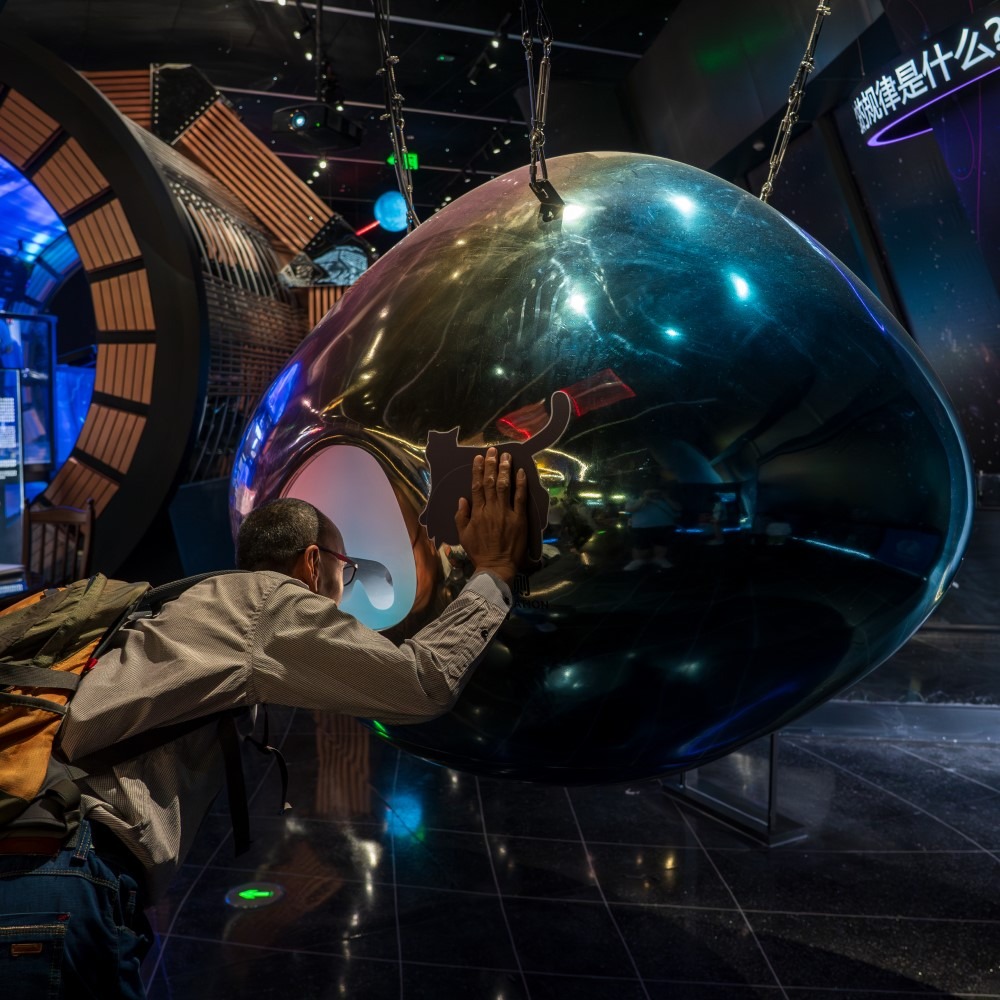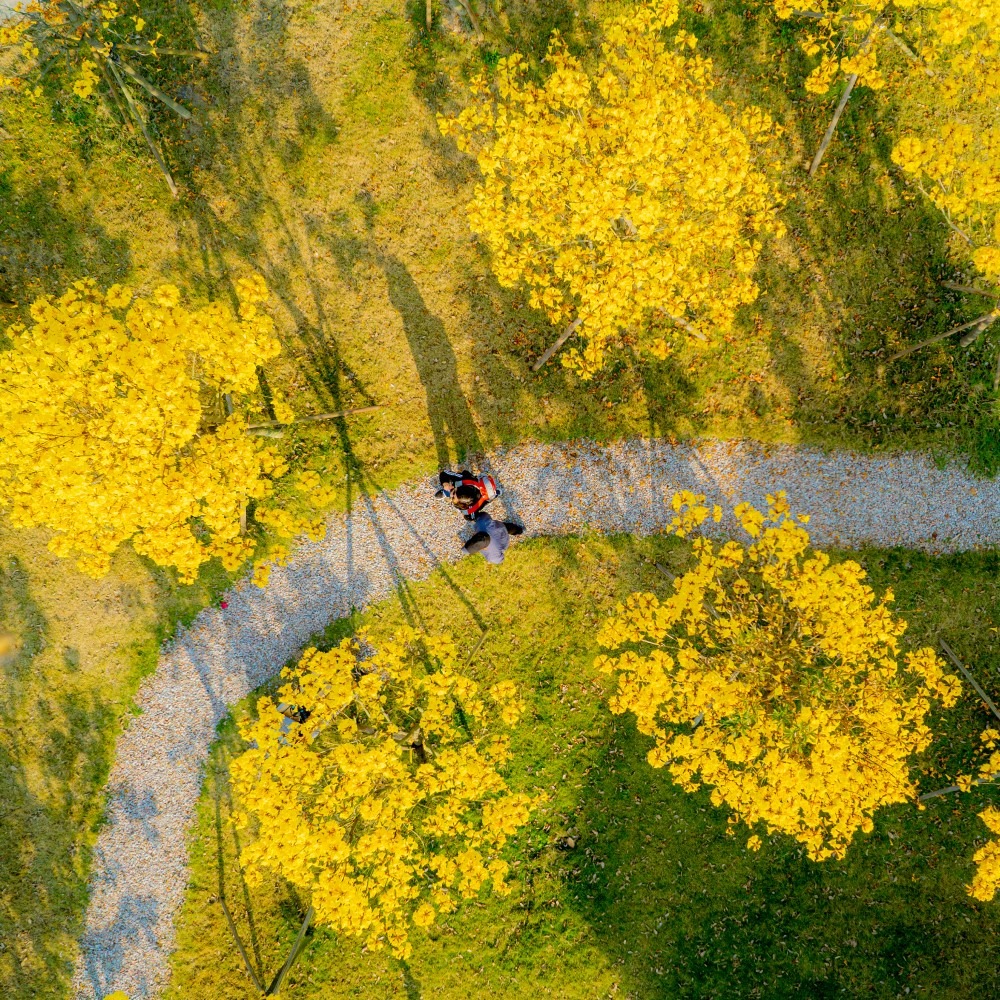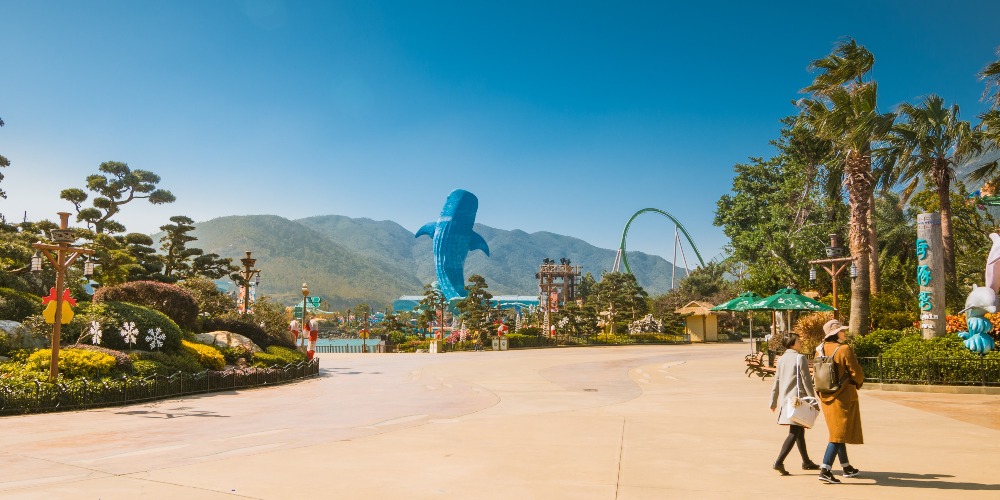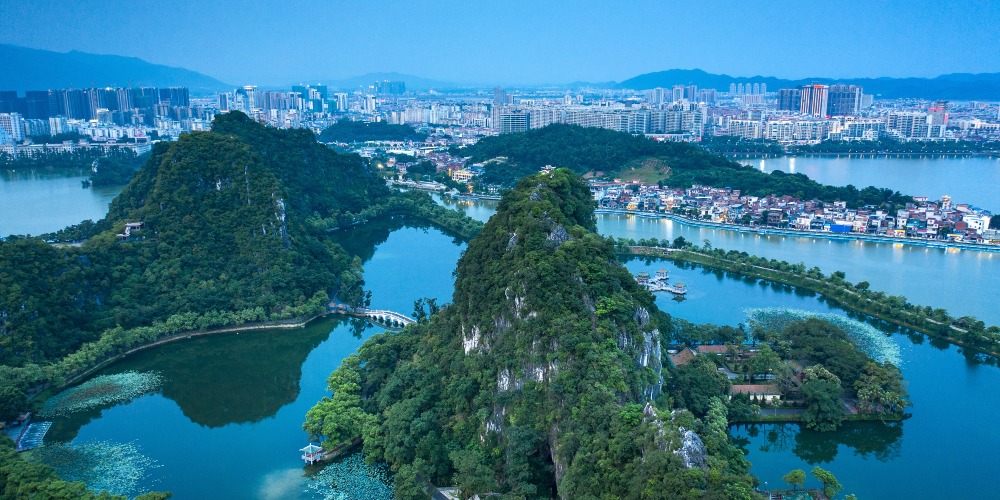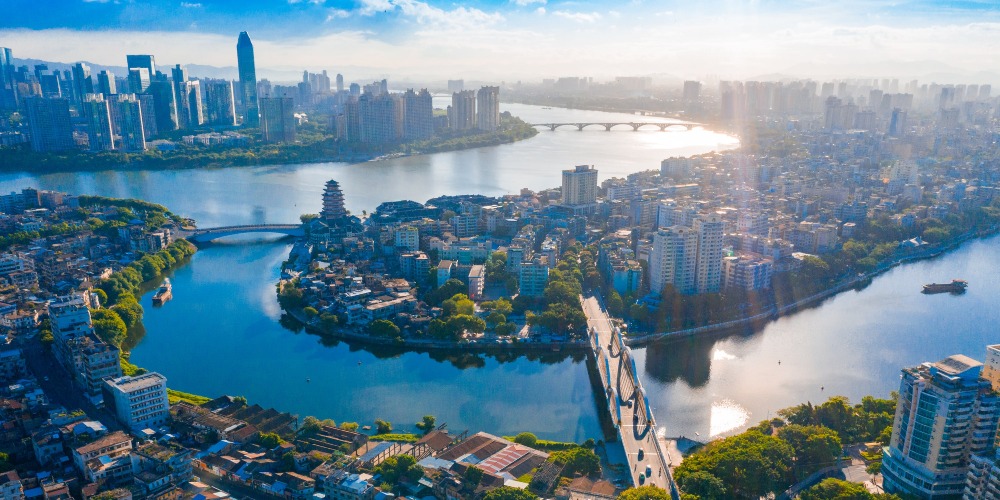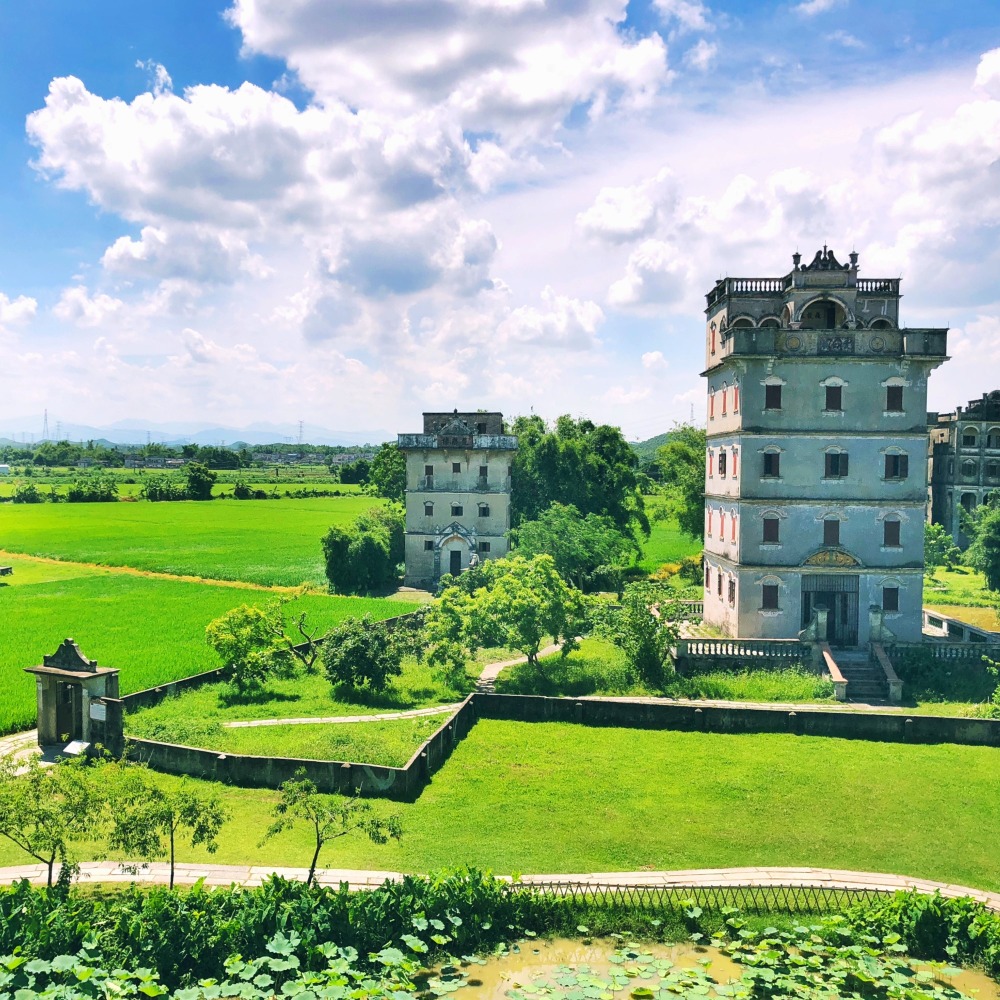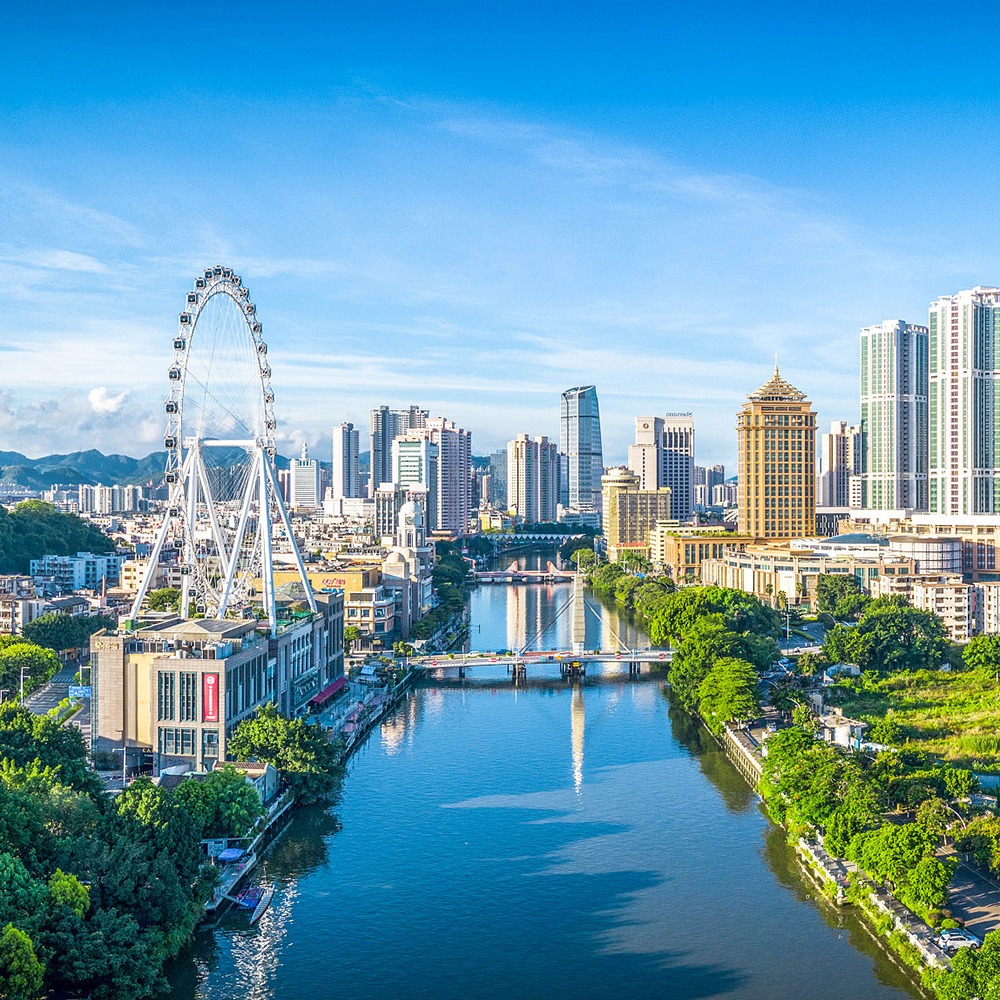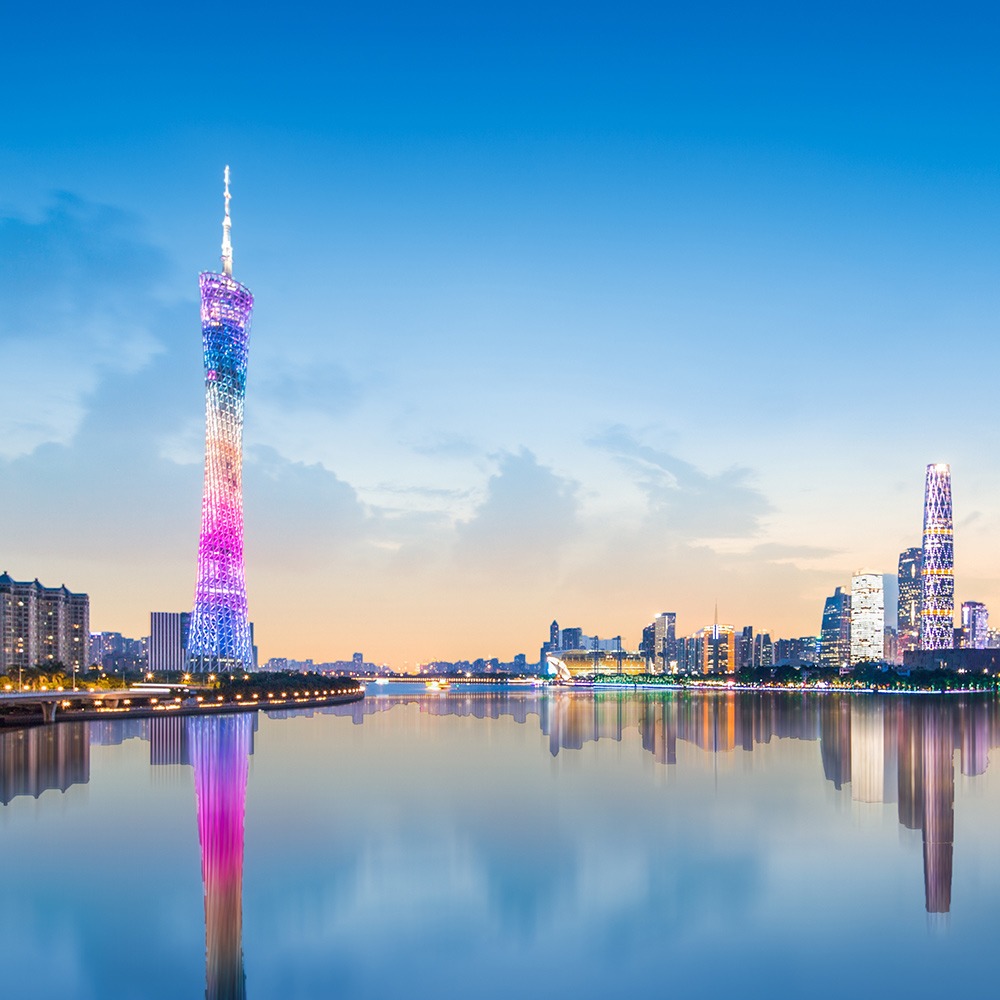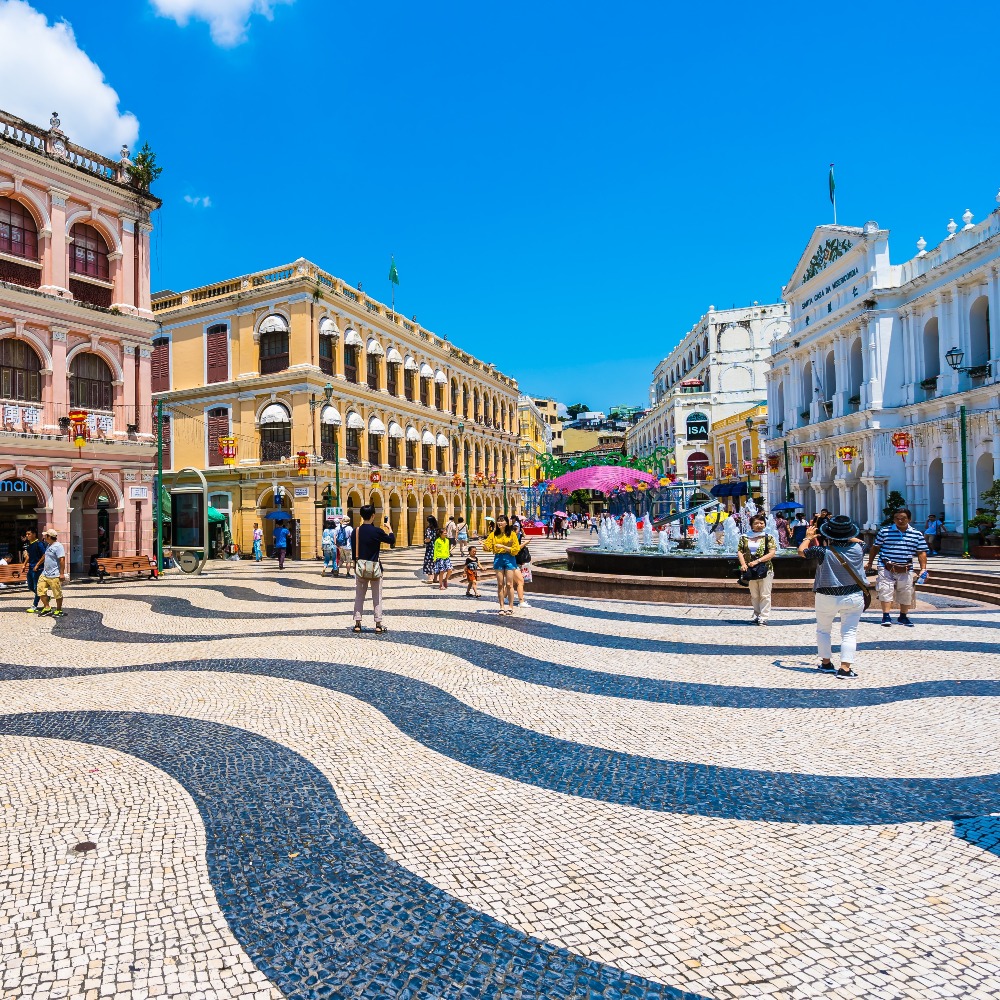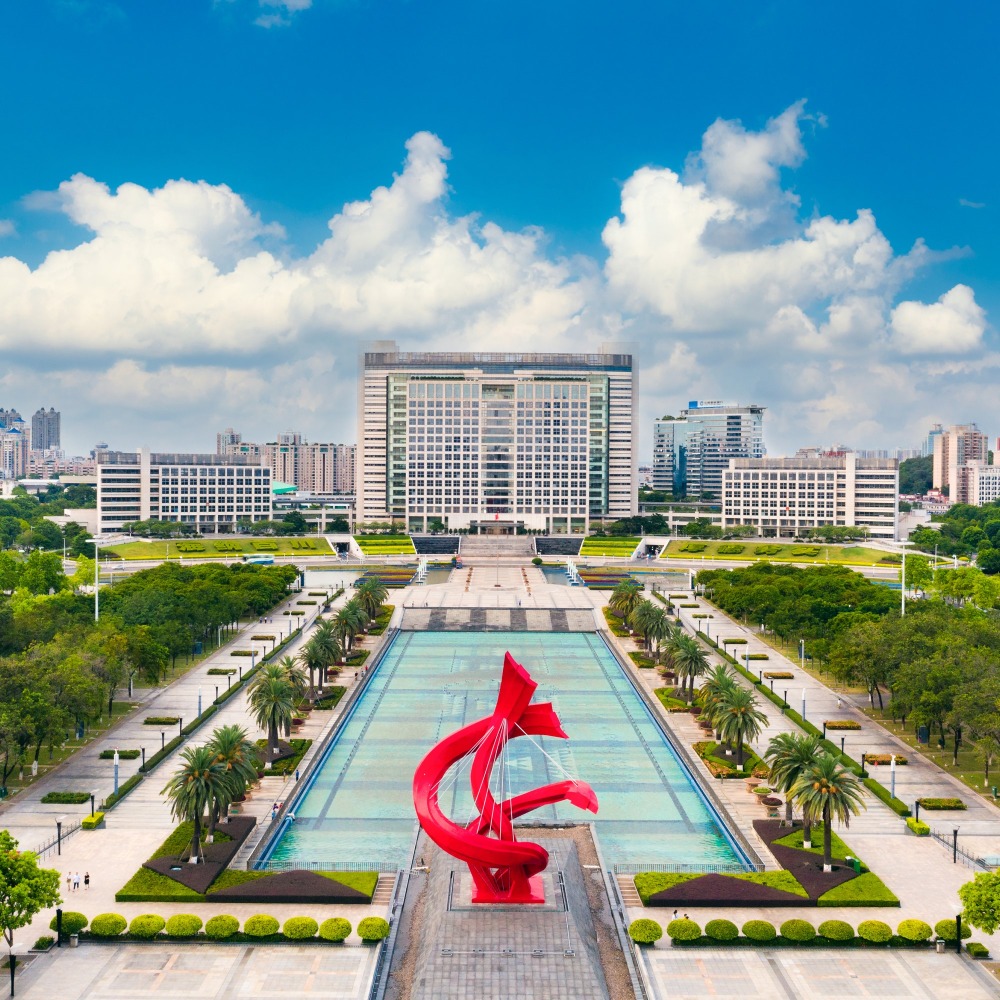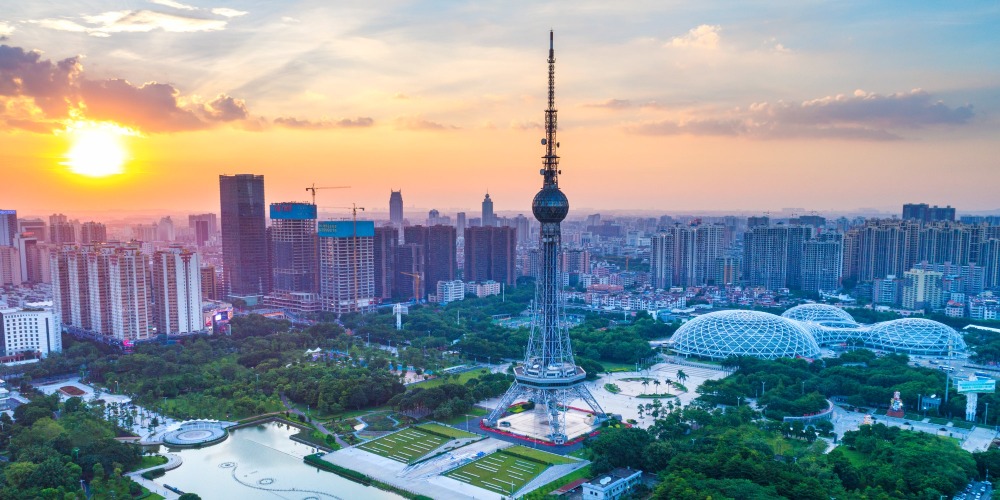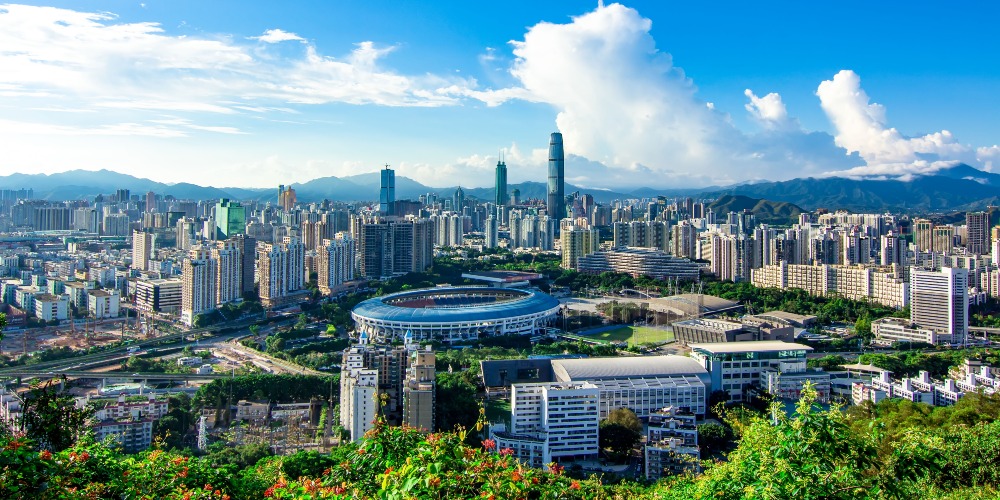Published : 2023-08-19
The history of Hong Kong could be traced back to the Neolithic Age? What was the first recorded place name? What are the world records and national records in this international metropolis?
This article will take you on a journey of re-understanding Hong Kong with five numbers.
7000 years of history: What is the earliest name that appeared in HK?
The history of Hong Kong, as most people understand it, begins mostly from the early days of establishing the free port, but actually the history of Hong Kong is much more ancient than imagined.
About more than 7,000 years ago in the Neolithic Age, humans already lived in the Hong Kong area, where people mainly lived in coastal areas such as Lamma Island, Cheung Chau, and Chek Lap Kok. Back then, people here lived by hunting, fishing and foraging.
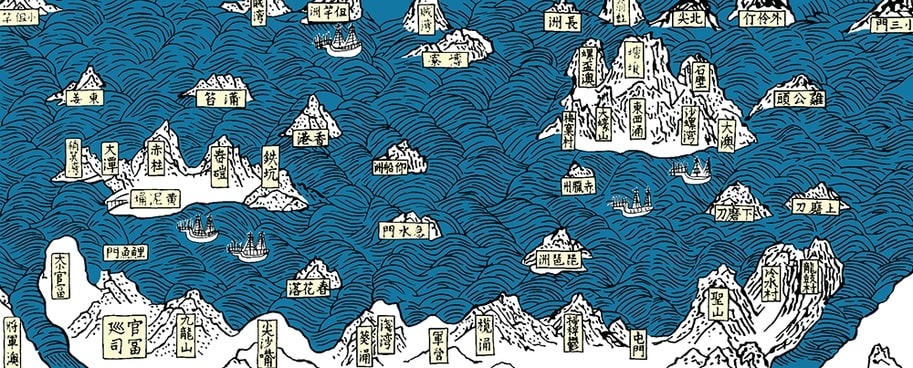
In ancient times, Hong Kong was a major source of sea salt in the south, with officials overseeing the trade from the Han Dynasty onwards. Tuen Mun, as the stronghold, became a booming centre in ancient Hong Kong
Even the name "Tuen Mun" is the earliest place name in Hong Kong to appear in official history, earlier than the name "Hong Kong".
So, why is Hong Kong known as "Hong Kong"? There are many opinions on the origin of the name "Hong Kong", of which the most popular one is that it was named after the production and export of incense wood.
Read more: The historical origin of Hong Kong
7.5mln people: One of the most densely populated cities in the world
Hong Kong is located at the southern part of China, facing Macao across the sea to the west and bordering Shenzhen to the north.
It is a Special Administrative Region with a land area of 1,106.42 square kilometres, ranked 10th among the 11 cities in the Greater Bay Area, closely followed by Macao.
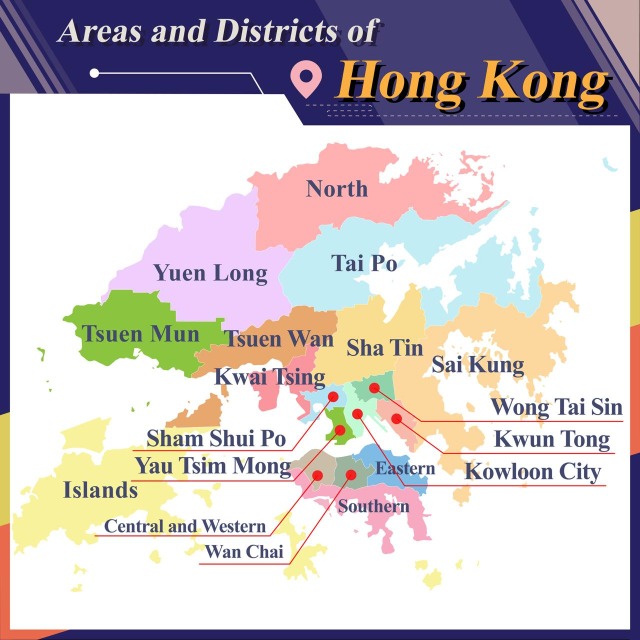
The administration is divided into 18 districts, with 9 in the New Territories, 5 in Kowloon, and 4 on Hong Kong Island.
In addition to the 18 districts, the Hong Kong Port Area of the Shenzhen Bay Port and the Lok Ma Chau Loop area are under Hong Kong jurisdiction.
To describe Hong Kong as "small but complete" is the most appropriate way. Although it is small in area, it has a population of more than 7 million.
By the end of 2023, the total population exceeded 7.5 million, ranked 4th in the Greater Bay Area, just after Dongguan.
With a population density of about 6,700 people per square km, Hong Kong has one of the population densities in the world.
380k HKD: Highest GDP per capita in GBA
As one of the most competitive global metropolises, Hong Kong is ranked second only to New York and London in the Global Financial Index.
In 2022, the Gross Domestic Product (GDP) was about HKD 2,818 billion, ranked 3rd in the Greater Bay Area and 6th in China.
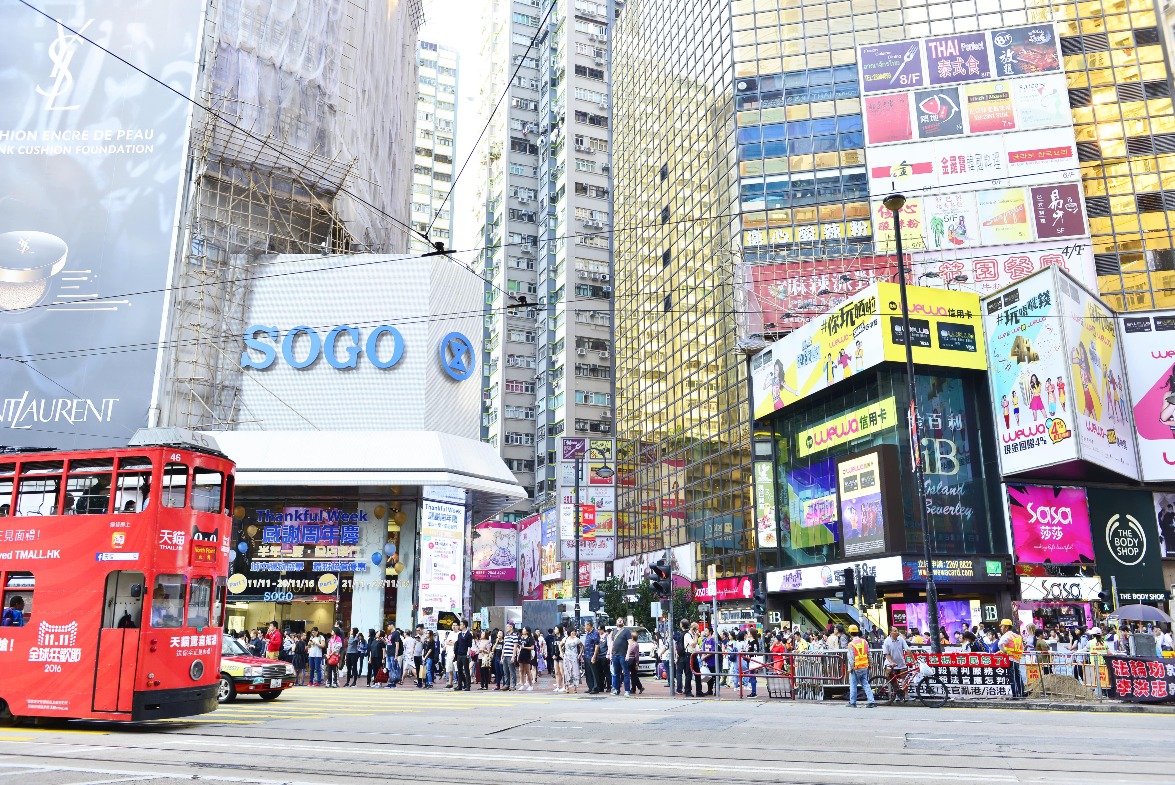
However, in terms of GDP per capita, Hong Kong ranks first in the Greater Bay Area, exceeding HKD 380,000, followed by Macao and Guangzhou.
Due to its comprehensive financial system, prosperous free port, low tax regime and other leading advantages, Hong Kong attracts many multi-national corporations to set up their Asia-Pacific headquarters here.
By 2019, there were over 1,000 multi-national corporations headquartered in Hong Kong.

553: The highest number of skyscrapers in the world
Hong Kong is a place with more people and less land, where many buildings have to be built high, thus creating the unique landscape of high rises.
Statistics show that there are over 3,000 buildings in Hong Kong that are over 90 metres high, boasting the highest and widest skyline in the world. The number of skyscrapers over 150 metres here is the highest in the world.
The latest data from the Council on Tall Buildings and Urban Habitat (CTBUH) in 2023 shows that there are a total of 553 skyscrapers in Hong Kong, leading far ahead of the second place, Shenzhen (367), and third place, New York (314).
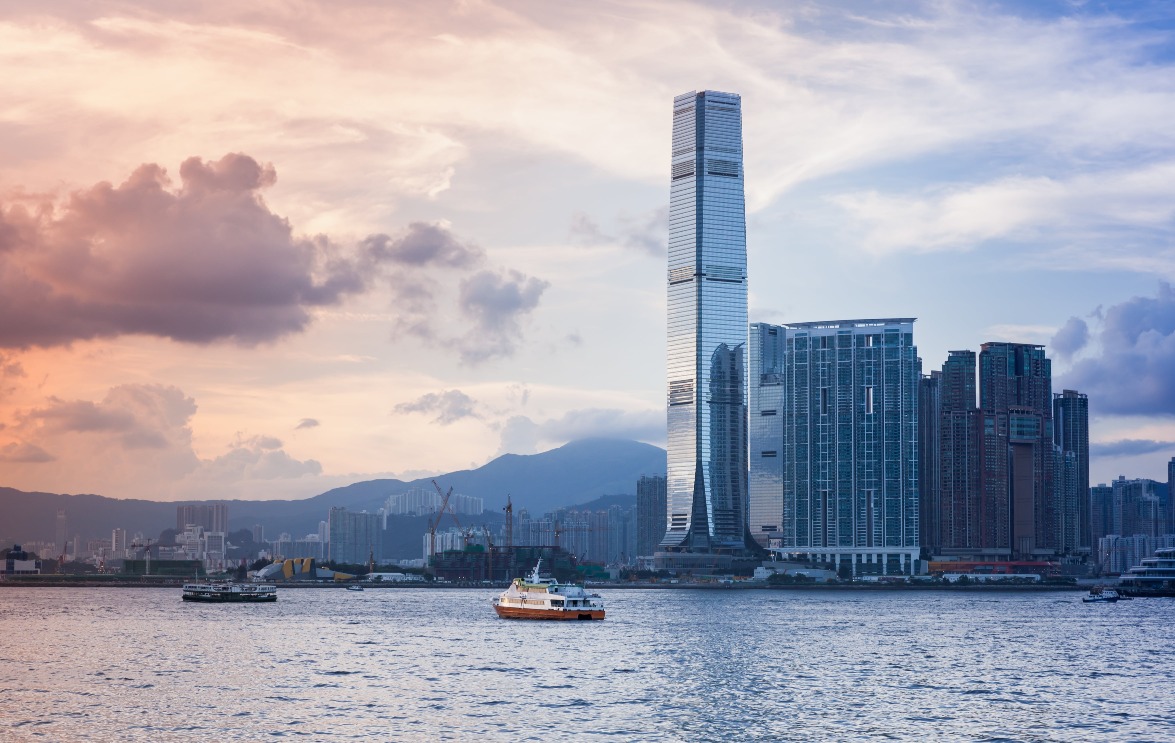
Among them, many of Hong Kong's iconic skyscrapers are designed by world-renowned architects, such as the Hong Kong International Airport and HSBC Headquarters Building designed by British architect Lord Norman Foster, and the Bank of China Tower designed by American-Chinese architect I.M. Pei, setting many of Hong Kong's building records.
Read more: What are the tallest buildings in Hong Kong for the past half-century?
132 Historic buildings: Unique architectural culture of East and West
Once "colonised and governed" by the UK, Hong Kong's unique historical background left a variety of historical relics with different styles. In addition to temples and villages, there are also churches and high-rises with both Chinese and Western characteristics.
As of June 2022, there are a total of 132 statutory ancient relics in Hong Kong, with 56 on Hong Kong Island, 14 in Kowloon, 62 in the New Territories, and 9 in the Outlying Islands.
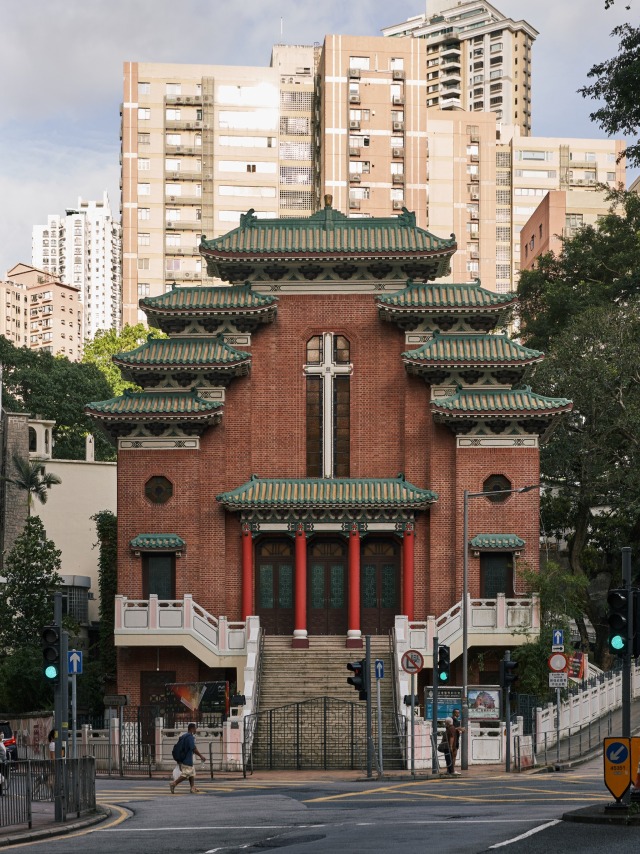
In recent years, the Government has actively promoted the "revitalisation" plan for historic buildings in an effort to transform and renovate these buildings to become creative and cultural hotspots that are both functional and aesthetic.
Central Street Market, Tai Kwun, Blue House in Wan Chai, etc. are excellent examples, which have given new missions to historic buildings and allowing citizens and tourists to experience a different local culture of Hong Kong.
Read more: HK's historic building Lei Sheng Chun
